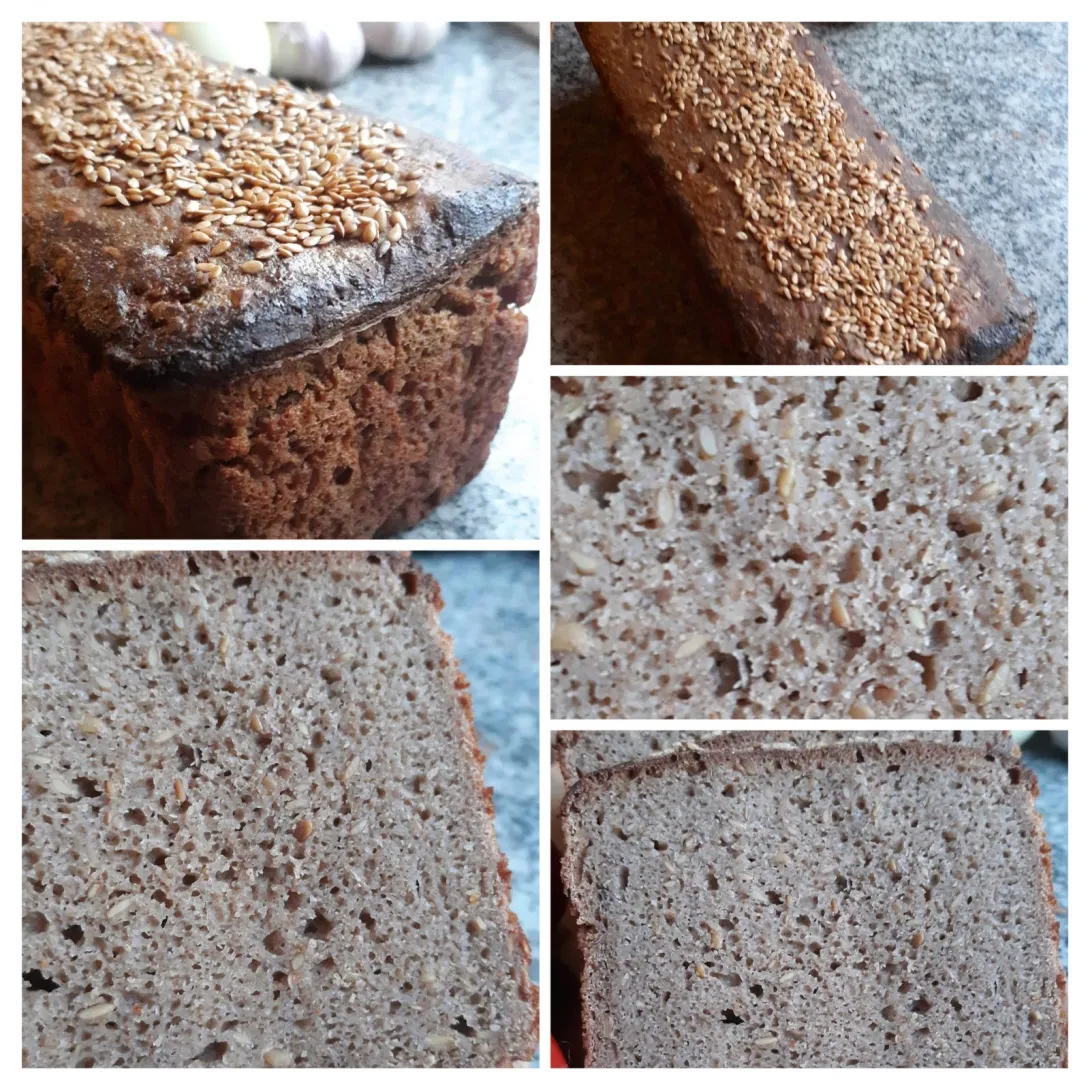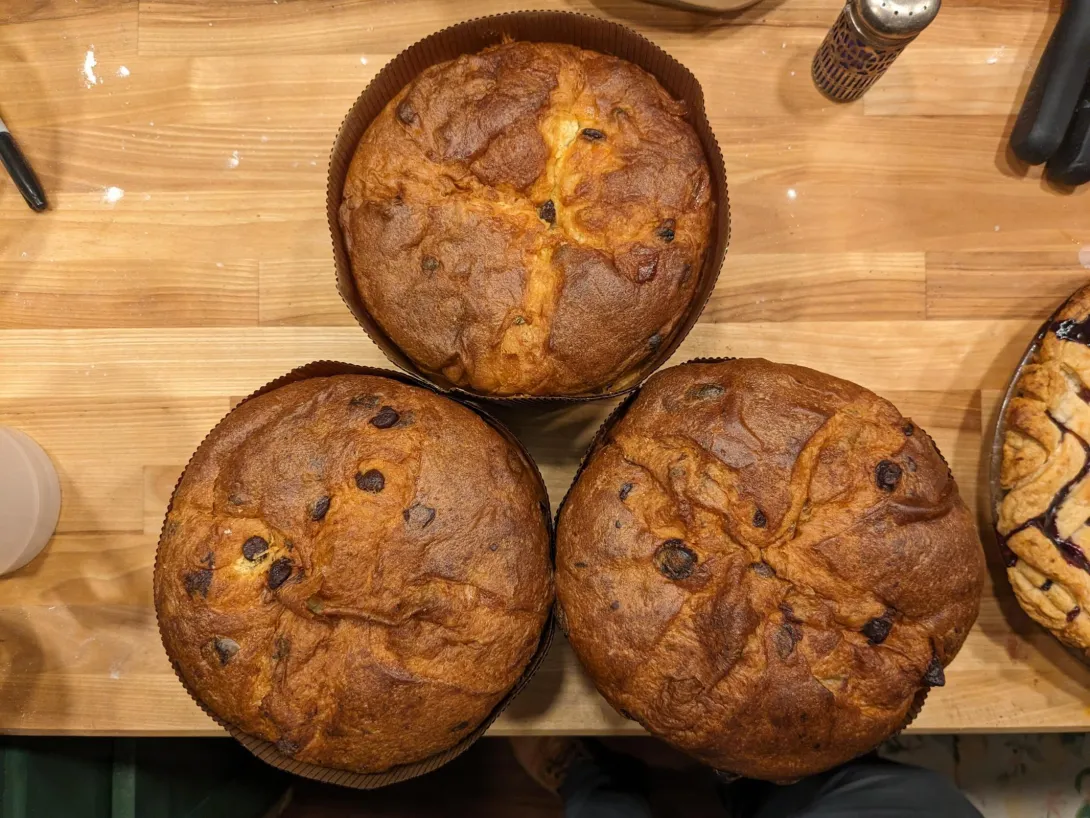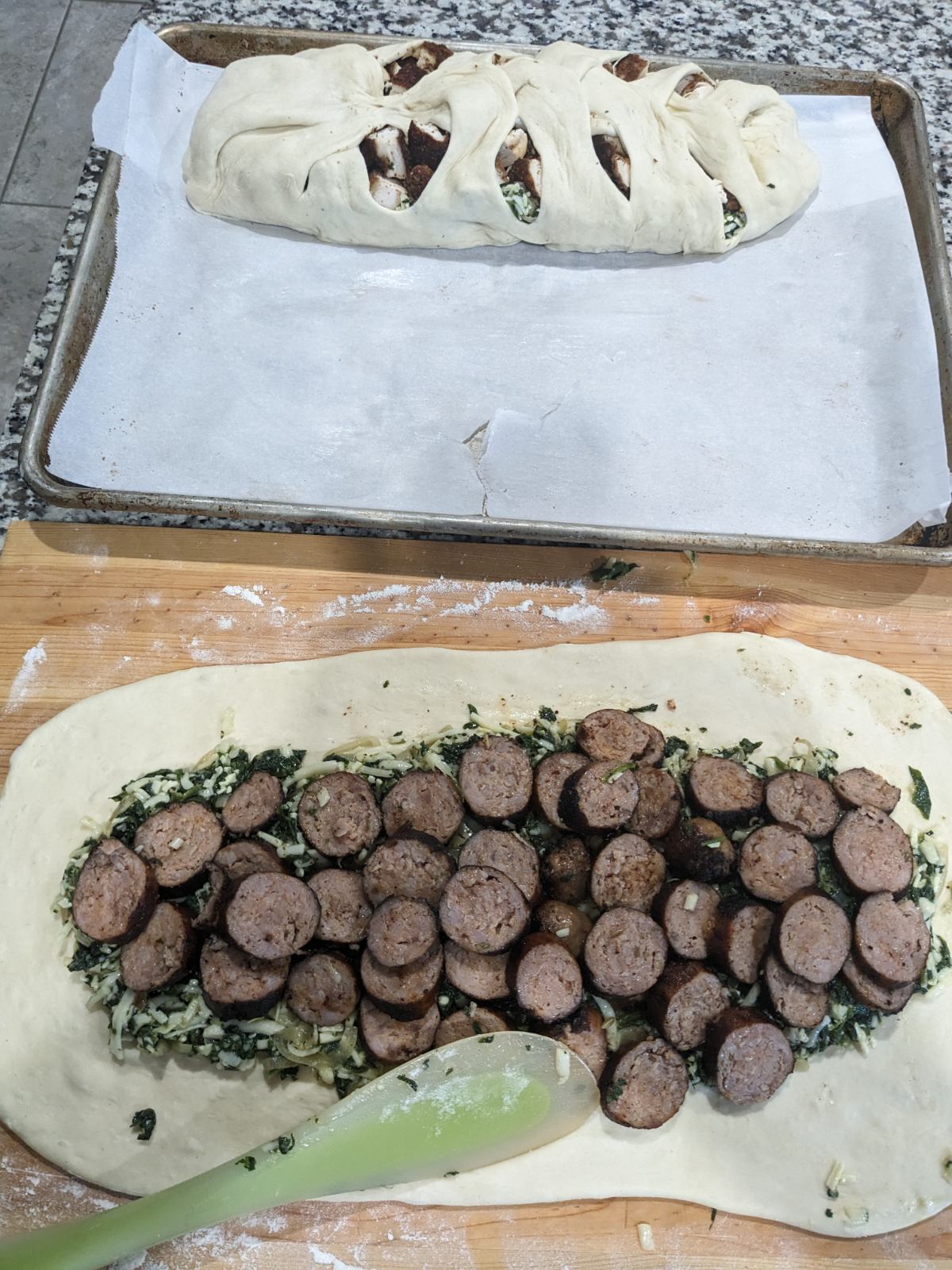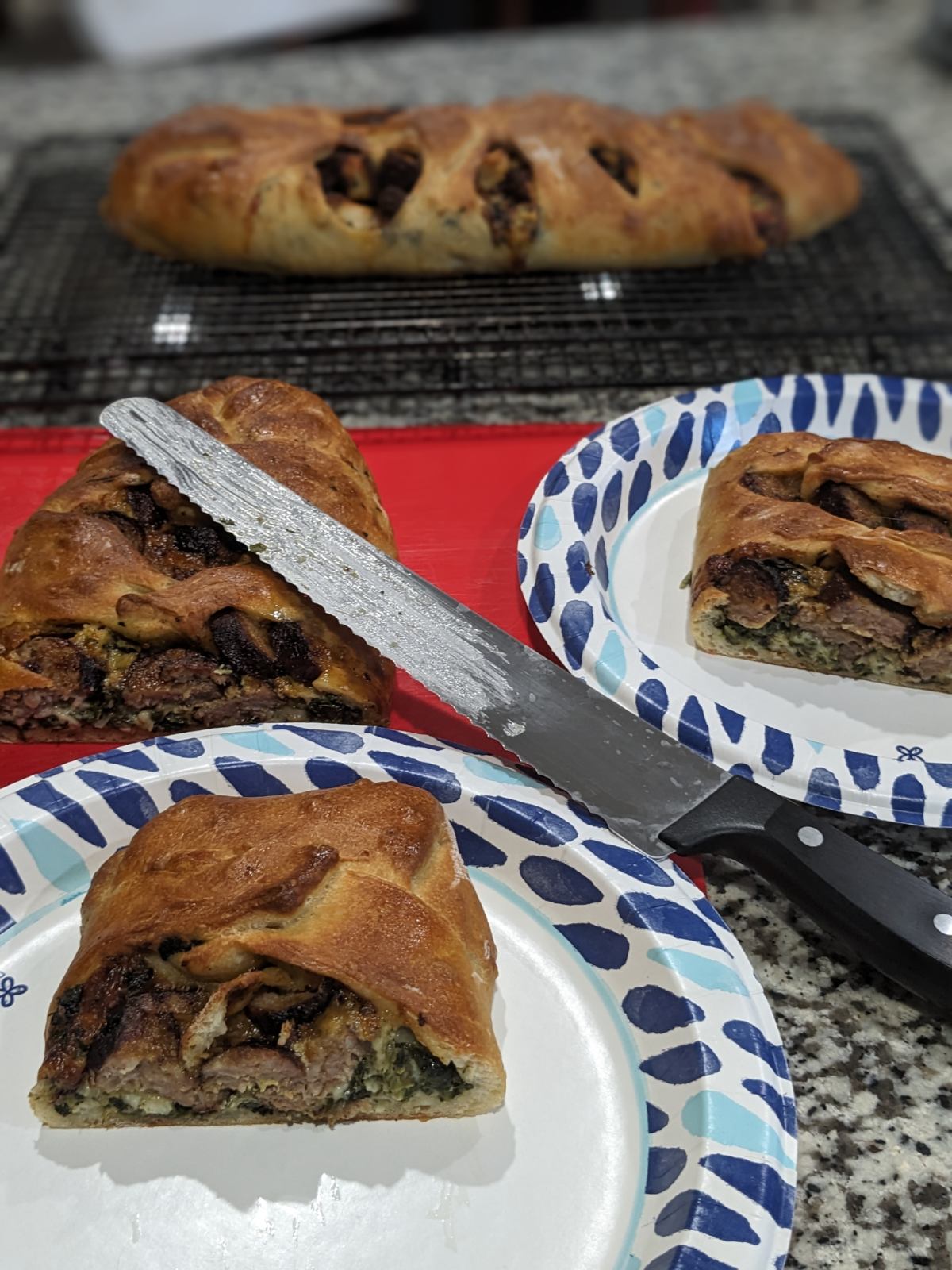Oatmeal Graham Flour Sourdough Pullman Bread

I received a sack of graham flour for Christmas. It is from Burkett's mill. If you read up on graham flour you usually read that is whole wheat ground more coarsely than the usual WW. If you find the right site, it will tell you that the endosperm is ground finely and the bran and germ are ground coarsely, I think the flour I have must be the latter. It's color is lighter than the water wheel-stone ground flour I have, with larger flecks and dark bits.
- Log in or register to post comments
- 4 comments
- View post
- tpassin's Blog









